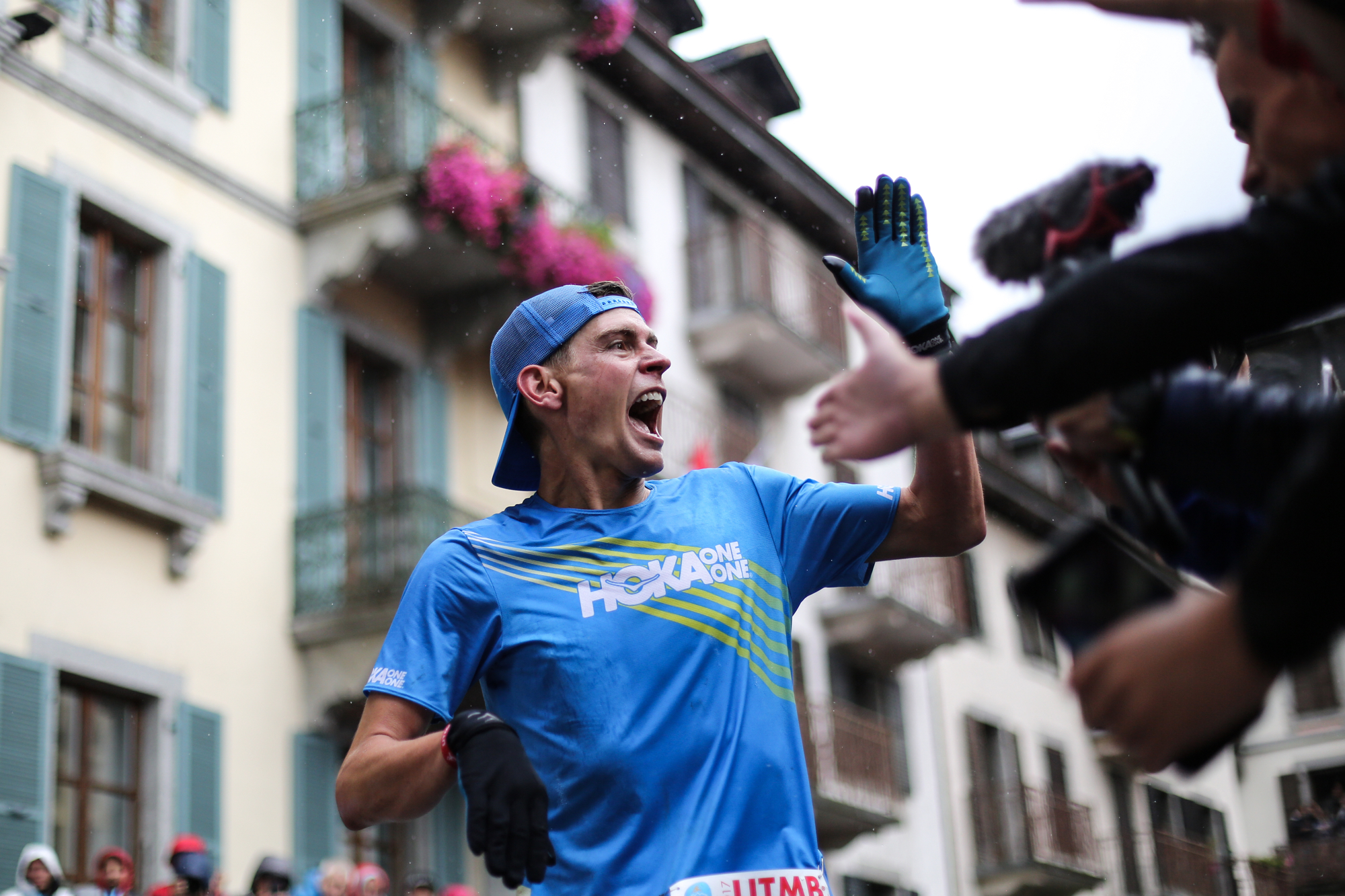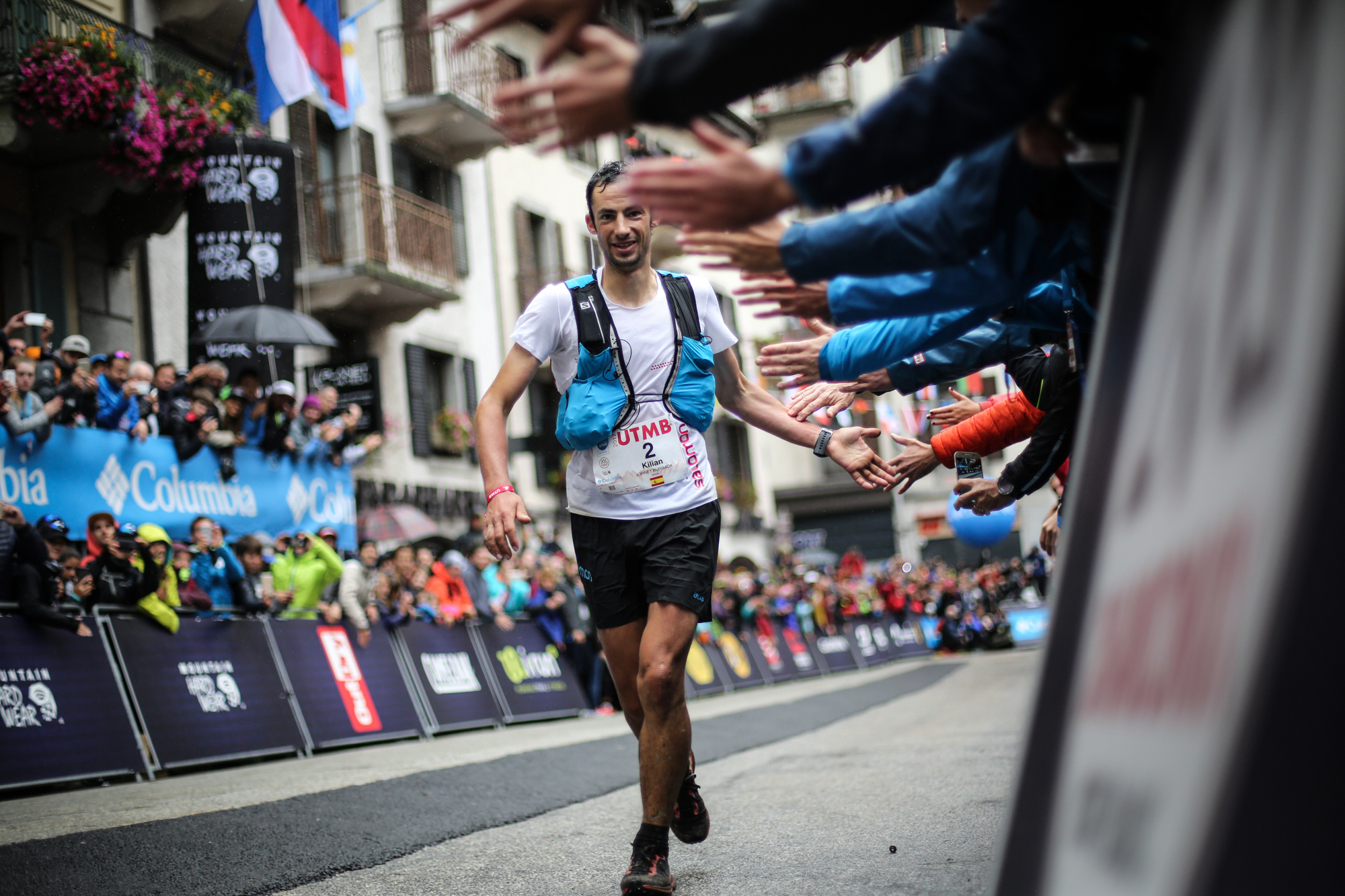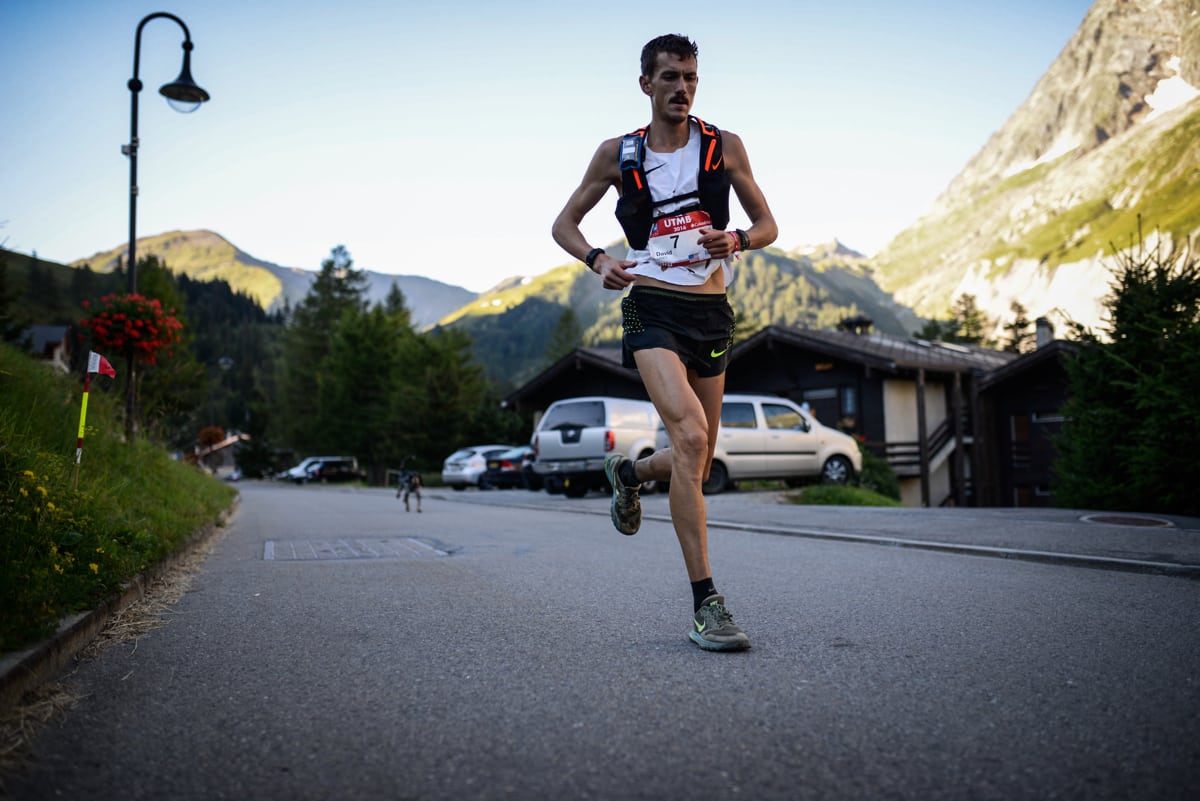Last weekend in Chamonix, France at the 2021 UTMB, in one of the more exciting races in event history, American  male elite runners were, once again, conspicuously absent from the top of the leaderboard. In what has become an almost annual refrain from American ultrarunning fans, folks were once again left shaking their heads and asking, “How can American women do so well at UTMB winning and setting course records while the men, by and large, struggle year after year?”
male elite runners were, once again, conspicuously absent from the top of the leaderboard. In what has become an almost annual refrain from American ultrarunning fans, folks were once again left shaking their heads and asking, “How can American women do so well at UTMB winning and setting course records while the men, by and large, struggle year after year?”
Over the years, American women have done quite well at UTMB, winning seven times in the 18 years that UTMB has been held. A reasonable person might surmise that the American women would have the same obstacles as the American men have, and yet the women succeed, year after year. In the five years from 2013 to 2017, there were nine top-five American male finishers (Tim Tollefson twice, David Laney twice, Jim Walmsley, Seth Swanson, Jason Schlarb, Timmy Olson, and Mike Foote). Then, over the past three years, the top American male has been 34th, 19th, and 12th. In the same time period (the last eight races), American women have won four times and set three course records.
So, what is going on?
John Medinger, previous longtime owner and publisher of UltraRunning Magazine and a keen observer of all things ultra, surmises the following, “Running in the Alps is different from most U.S. trails. There is a lot of very steep terrain and sketchy footing. There aren’t many races in the U.S. that offer that kind of terrain. Most of the European races are somewhere in the Alps, so there’s a material home course advantage. But, that somehow doesn’t bother the women!”
While terrain and conditions could be part of the issue, two prominent members of the ultrarunning media in the United States, Corrine Malcolm of Carmichael Training Systems and Meghan Hicks of iRunFar, look at it a little differently. Malcolm, who has had a front row seat to the last few UTMB races as a television commentator says, “I believe the American men don’t go into the race as the focus of their seasons. They race the Western States 100, or some other big race that leaves them mentally and physically ill-prepared to gut out a finish. If you go into a race like UTMB half-cocked, you don’t give the trail or your competitors the respect they deserve, and you will have trouble.”

Tim Tollefson goes big to celebrate his second third-place finish in a row at the 2017 UTMB. Photo: iRunFar/Kirsten Kortebein
Meghan Hicks, who has been covering UTMB for over a decade, sees some distinction between the different approaches men and women take to racing in general and UTMB in particular, “It’s possibly a confidence-matching-ability game. We know from scientific research that men are much more likely to try something before they know if they can actually do it, and women are much more likely to wait to try something new until they feel confident that they can.”
I reached out to two of the most prominent ultrarunning coaches in the United States, David Roche and Jason Koop, to see what they had to say. Roche, who has coached several runners to breakthrough performances at UTMB noted, “Many of the American men come from a track/road focus and we could be seeing that the UTMB skillset is a bit different than the skillset rewarded at other events, like Western States. In fact, the skills required may pull in the other direction, requiring a short-term sacrifice of speed. Athletes that are used to being able to run everything may find themselves at a competitive disadvantage because mile 80 of UTMB is close to a different sport.”
Roche’s analysis suggests that a lack of training to adapt to the specific demands of the event could be the downfall of the American men. Jason Koop emphatically concurs, “Beyond any shadow of a doubt the American men screw up their training, royally so, in many cases. Go all the way back to Scott Jurek, who went around the mountain twice in six days in training. Zach Miller did it three times and then told me he should have done a fourth. The real issue here is that many of the men in contention have not found a winning training formula. Even worse, they seem to double down on the training that clearly has not worked. It’s as if they can’t analyze what they are doing when they map it out because any reasonable, rational look at the training would see the issues.”

After finishing second at the 2017 UTMB, Kilian Jornet went back into the finish chute to celebrate with his fans. Photo: iRunFar/Kirsten Kortebein
Finally, I spoke with perhaps the greatest mountain athlete of our generation and three-time UTMB champion Kilian Jornet. Jornet, who has a wide range of experience at endurance events around the world said, “Many American runners still think that to walk during a race is a sign of weakness, so they often try to run as much as possible without saving energy for the end. I think a more conservative style with more walking and staying with the lead group and not trying to gain a few minutes before La Fouly would be the best tactic for someone who is trying to win.”
Kilian finished our conversation with these words of wisdom, “The stress that comes from the hype surrounding the race demands a lot of energy prior to the start and during the first 20 kilometers. It is hard to keep a cool head with so many spectators, sponsor pressures, and pre-race chatter. The best UTMB runners have the coolest heads.”
Bottoms up!
This week’s Beer of the Week comes from Tree House Brewing Company in Charlton, Massachusetts. Known for their delectable IPAs, Tree House employs tremendous creativity in differentiating the variety. One of my favorites is Creamsicle, an American-style hazy IPA brewed with vanilla beans. The resulting beer is an explosion of flavor that brings you back to those lazy summer days spent waiting for the Ice Cream Man to arrive.
Call for Comments
- What’s your take on the dearth of American men topping the podium at UTMB?
- And, why do you think American women have been so comparably successful?


